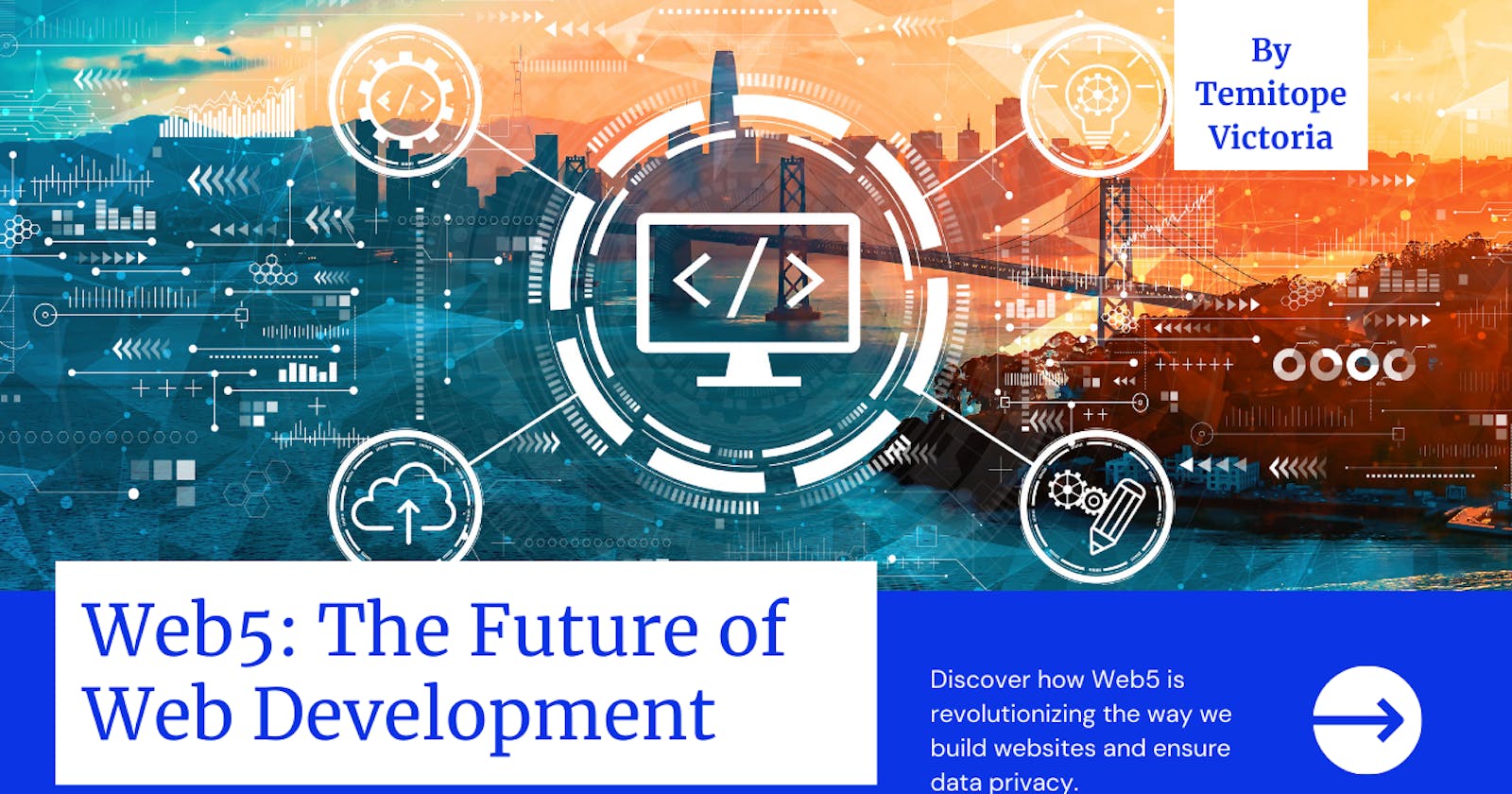The evolution of the World Wide Web has been a captivating adventure, marked by transformative advancements in technology. The web landscape has evolved. We saw the advent of Web 3, and now, Web 5 is here. Web 5 emerges as a technology promising a paradigm shift in the way we interact with the internet. In this article, we will explore the fundamental principles of Web 5, and its importance, and delve into the factors that make it a revolution in the digital world.
What is Web 5?
Web 5 represents the fifth generation of the World Wide Web, building upon the rules laid by the development of the Web. It is going past the interactive and collaborative nature of Web 2, the semantic capabilities of Web 3, and the immersive studies of Web 4. Web 5 is characterized and centered on decentralization, privacy, and consumer empowerment. Its goal is to redefine the digital revel by way of providing an extra stable, efficient, and user-centric web surrounding.
Web5 is a decentralized web platform that gives users more control over their data and identity. It does this by using decentralized identifiers (DIDs) and decentralized web nodes (DWNs).
Why Web 5?
The transition to Web 5 is pushed using a choice to cope with the constraints and demanding situations of preceding web generations. The modern net infrastructure faces issues related to facts privacy, security, and data protection. Web 5 seeks to solve these demanding situations by way of prioritizing decentralization and empowering users with extra control over their virtual identities and statistics.
Decentralized Identifiers (DIDs)
A key pillar of Web 5 is decentralized identity, an idea that allows individuals to be in control of their identities. This shift from centralized identification systems to decentralized ones ensures that customers have ownership of their private records. This simplifies and enhances privacy but also reduces the chance of identity robbery and unauthorized get admission.
Technically, DIDs are unique identifiers that are controlled by the user, and DWNs are personal data stores that are also controlled by the user. This means that users can store their data on their own devices, rather than on a third-party server. Web5 also uses protocols to define data schemas and permissions. This means that users can control who has access to their data.
How to Build a Web 5 App
Building Web 5 applications includes applying decentralized technologies and frameworks. The documentation is provided on the website of To be Decentralized (TBD). The website serves as a treasured resource for developers looking to navigate and learn Web 5. By leveraging decentralized protocols, users can create applications prioritizing privacy, protection, and personal empowerment.
Advantages of Web 5
Web 5 has several advantages, including greater privacy, increased security, and improved identity identification. Decentralized identity guarantees that users are secure from centralized authorities, reducing the hazard of data breaches. Additionally, the consumer-centric design of Web 5 applications fosters a more customized and stable web use.
Challenges of Web 5
Despite its promises, Web 5 isn't always without demanding situations. The transition from centralized to decentralized structures calls for overcoming technical hurdles and ensuring considerable adoption. Some of the challenges using Web 5 are operations, scalability, and teaching users the advantages of decentralization. These pose as challenges that have to be addressed for the seamless integration of Web 5 into the digital landscape.
Solutions
To cope with the challenges, research, building and improvement are vital. Collaboration among engineers, groups, developers and regulatory bodies is essential to set up standards and frameworks that aid the adoption of decentralized technology. Additionally, in-person training, campaigns, tech events, boot camps, and hackathons can facilitate a smoother transition to Web 5.
Conclusion
Web 5 represents a significant leap in the evolution of the World Wide Web. By prioritizing decentralization, privacy, and user empowerment, Web 5 has the potential to create a more resilient, stable, and consumer-centric digital environment. As developers and customers include the standards of Web 5, the potential for data security and privacy increases. The adventure to Web 5 is a thrilling one, and with concerted efforts, we can release the overall ability of this transformative generation within the records of the net. smoother transition to Web 5.
